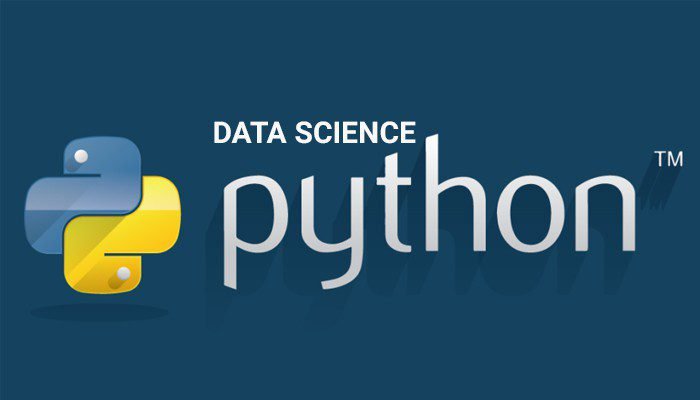Last updated on October 12th, 2022 at 11:29 am
Data Science and its analytics require good knowledge and the flexibility to work with statistical data including various graphics. Python is tomorrow’s language and has a vast array of tools and libraries. Its installation program Anaconda works with many operating systems and protocols like XML, HTML, JSON, etc. It scores because it is an OO language well-suited for web development, gaming, ML and its algorithms, Big Data operations, and so much more.
Its Scipy module is excellent for computing, engineering and mathematical tasks allowing analysis, modeling, and even recording/ editing sessions in IPython which has an interactive shell supporting visualization and parallel computing of data. The decorators of functionality are a good feature in Python. Its latest V3.6 features the asyncio module, API stability, JIT compiler, Pyjion, and CPython aids.
Uses of Python:
Learn-by-doing for tasks involving python for data science and Big data Analytics will help in the following.
Web development can be easy with Flask, Bottle, Django, Pyramid, etc especially to cover even the backend REST APIs.
Game development is enhanced through Pygame where you can use the module to create a video game.
Computer VisionTools like Opency, Face detection, Color detection, etc is available in Python.
Scraping the web from websites that cannot expose data due to lack of an API is regularly done by price-comparison e-commerce sites, news and data aggregators using Python libraries like BeautifulSoup, Requests, Scrapy, PyMongo or Pydoop.
Tasks involving ML algorithms like identification of fingerprints, predicting stock prices, spam detection etc using ML is supported by Python’s modules like Theano, Scikit-learn, Tensorflow, etc. Even Deep Learning is possible with Tensorflow.
Developing cross-platform GUI desktop application is a breeze with the Python modules of PyQt, Tkinter etc.
Made-easy Robotics uses Raspberry Pi as its core which can be easily coded on Python.
Data Analysis from both offline/online data needing cleaning can be achieved in Pandas. Matplotlib can help find patterns and data visualization which are essential steps before applying any ML algorithm.
Browser Automation tasks like browser opening, FB posts and status are quick using Python’s Selenium.
Content Management tasks including advanced ones are relatively faster with Plone, Django, CMS etc.
Big Data libraries are more flexible and use as a learning tool.
How to Learn Python:
Here is a step-by-step approach to becoming a Kaggler on Python from an absolute Python newbie complete with tools and ready to kick-start your career in data-sciences.
Step 1: Read, learn and understand why you are using Python:
Zero in on your reasons for learning to use Python, its features and why it scores in data sciences.
Step 2: Machine set-up procedures:
Firstly use Continuum.io to download Anaconda. Just in case you need help, refer to complete instructions for the OS by just clicking on the link.
Step 3: Python language fundamentals learning:
It is always better to gain experience from a reputed institute like Imarticus Learning for doing a course on data analytics and data sciences. Their curriculum is excellent and includes hands-on practice, mentoring and enhancing practical skills in Python.
Step 4: Use Python in interactive coding and Regular Expressions:
When using data from various sources the data will need cleaning before the analytics stage. Try assignments like choosing baby-names and data wrangling steps to become adept at this task.
Step 5: Gain proficiency in Python libraries like Matplotlib, NumPy, Pandas and SciPy.
Practice in these frequently used libraries is very important. Try out these following tasks and resources like NumPy tutorial and NumPy arrays, SciPy tutorials, Matplotlib tutorial, the ipython notebook, Pandas, Data munging and exploratory analysis of data.
Step 5: Use Python for Visualization:
A good resource is linked in the CS 109 lecture series.
Step 7: Imbibe ML and Scikit-learn:
These are very important data analysis steps.
Step 8: Use Python and keep practicing:
Try hackathons like Kaggle, DataHack and many others.
Step 9: Neural networks and Deep Learning
Try out short courses on the above topics to enhance your skills.
In conclusion, many reputed institutes offer a Data science Course. The course at Imarticus also offers other advantages such as learning through convenient modes and timings, global updated industry-relevant curriculum, extensive hands-on practice and certification that ensure you use the mentorship to be career and job-ready from the very first day.

